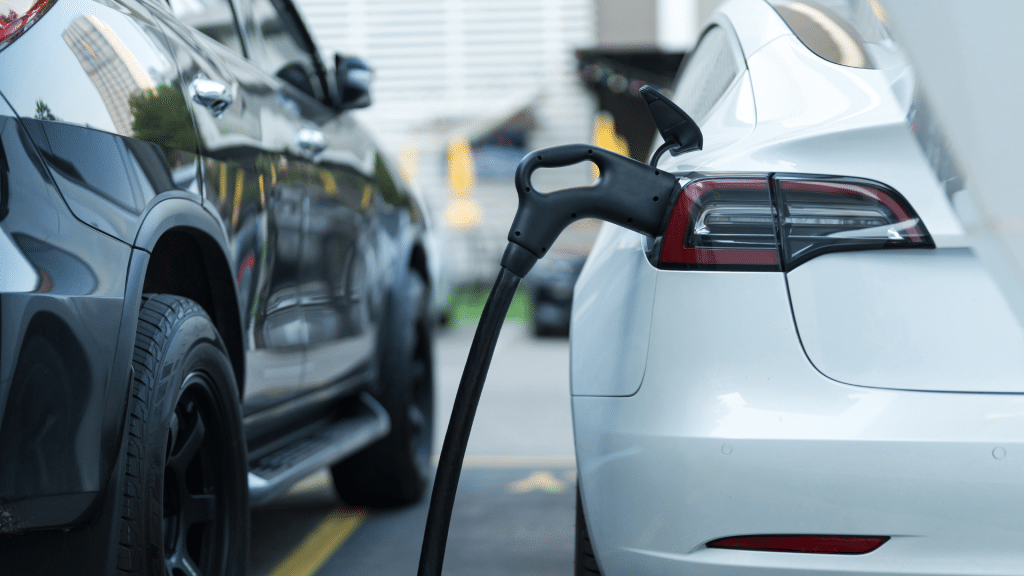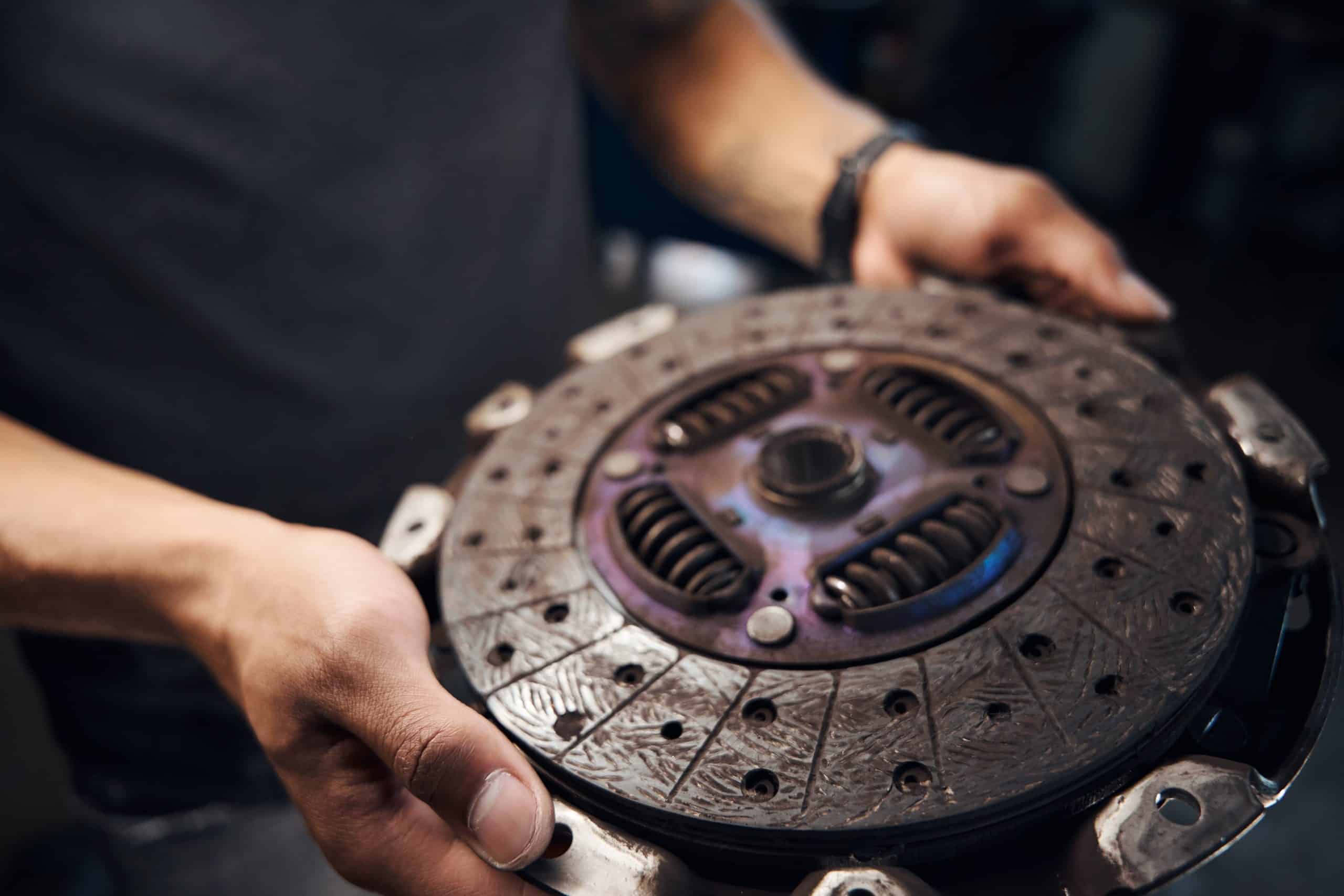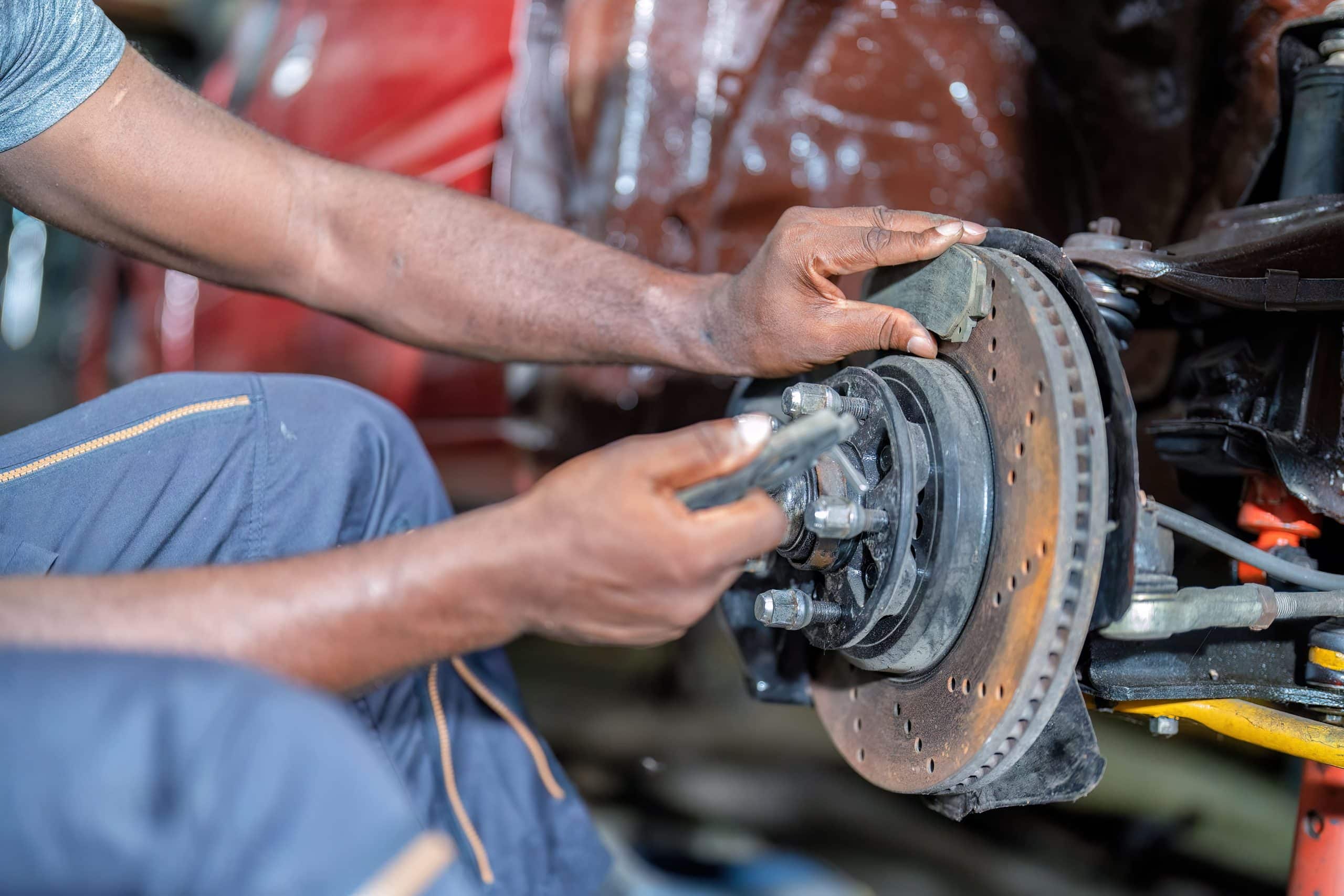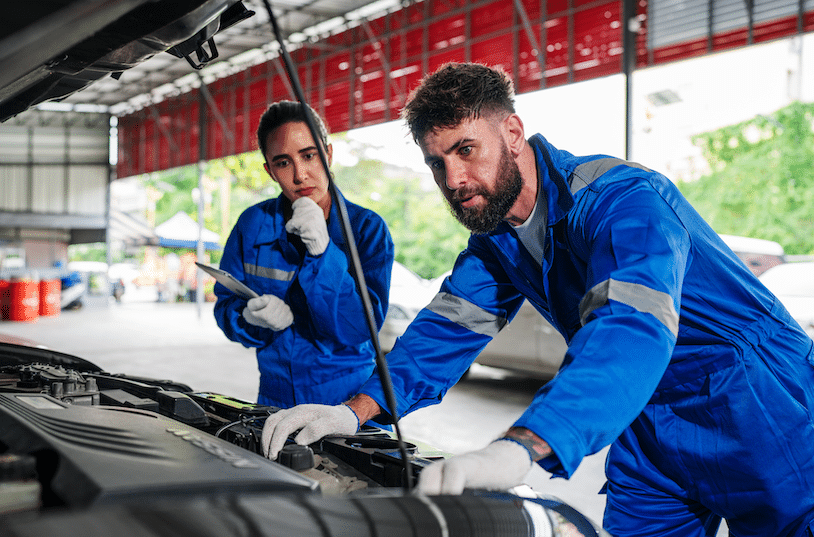Introduction: A Shocking Change to Our Motoring Landscape
Remember when the most complicated thing about your car was figuring out which little plastic cover hid the windscreen washer fluid? Those were simpler times, weren’t they? Well, buckle up, because the automotive world is changing faster than you can say “Where’s the nearest charging point?”
With the UK government’s 2030 ban on new petrol and diesel cars looming on the horizon, electric vehicles (EVs) are no longer just for tech enthusiasts and environmentally conscious celebs. They’re about to become as commonplace as complaining about the weather. This seismic shift is already sending ripples through the automotive maintenance industry, with garages and mechanics across the country scrambling to update their skills and tool kits.
But what does this actually mean for your average driver and the people who’ll be keeping these high-voltage machines running? Let’s dive into the brave new world of EV maintenance and repair, where spanners meet software and battery health is the new oil change.
Goodbye Engines, Hello Battery Packs
The heart of any traditional car is its internal combustion engine – that complicated chunk of metal that turns dinosaur juice into forward motion. For decades, mechanics have honed their craft around these mechanical marvels, becoming experts in timing belts, fuel injectors, and exhaust systems.
Enter the electric vehicle, which essentially rips up the maintenance rulebook and starts again. An EV’s “engine” is primarily a large battery pack and one or more electric motors. This fundamental difference means about 40% fewer moving parts compared to traditional vehicles. Fewer parts should mean fewer things to go wrong, right? Well, yes and no.
“The complexity hasn’t disappeared – it’s just shifted,” explains Sarah Johnson, Head Technician at EV Solutions in Manchester. “Instead of dealing with oil changes and exhaust problems, we’re now monitoring battery degradation and diagnosing software glitches. It’s like comparing a mechanical watch to a smartphone – both tell the time, but they need completely different expertise to fix.”
Battery Care: The New Oil Change
If there’s one component that defines an electric vehicle, it’s the battery. These expensive, sophisticated power packs aren’t just bigger versions of what’s in your mobile phone – they’re engineering marvels with their own cooling systems, management software, and quirky characteristics.
Here’s what every EV owner (or soon-to-be owner) should know about battery maintenance:
Temperature management is crucial. Batteries, like Goldilocks, prefer things to be just right – not too hot, not too cold. Extreme temperatures can significantly impact range and battery health. Most modern EVs have sophisticated thermal management systems, but understanding how and when to pre-condition your battery (especially before fast charging) can extend its life considerably.
Charging habits matter. “One of the biggest myths we’re trying to debunk is that you should always charge your EV to 100%,” says Daniel Cooper, an EV specialist at the Transport Research Laboratory. “For daily use, keeping your battery between 20% and 80% charge can significantly slow degradation. Save that 100% charge for long journeys.”
Regular health checks are essential. While you won’t need oil changes, regular diagnostic checks to monitor battery health are crucial. Most modern EVs allow you to check battery health through the car’s interface or smartphone app, but professional diagnostics can spot potential issues before they become problems.
The good news? Battery technology is improving at an impressive clip. Early concerns about batteries needing replacement after 8-10 years are being challenged by real-world data showing many EV batteries maintaining over 80% capacity even after 160,000+ miles.
Software: The Invisible Mechanic
If you’ve ever muttered “it’s probably just needs a software update” about your glitchy smartphone, get ready to say the same about your car. Modern EVs are essentially computers on wheels, with software controlling everything from power delivery to regenerative braking intensity.
Tesla made headlines with their “over-the-air” updates that could literally improve performance while your car sits in the driveway overnight. Now, most EV manufacturers are following suit, turning software updates into a core maintenance activity.
“It’s a complete mindset change,” admits Frank Williams, who recently retrained as an EV technician after 25 years working on conventional vehicles. “I used to diagnose problems by listening to engines and checking physical components. Now, I often start by connecting to the vehicle’s computer systems and checking for software anomalies.”
This shift means that:
Diagnostic equipment is changing. The trusty OBD-II port is still there, but it’s increasingly supplemented by manufacturer-specific diagnostic tools and software.
Cybersecurity is becoming a maintenance issue. Just as you wouldn’t skip security updates on your computer, keeping your EV’s software updated is crucial for both functionality and security.
DIY repairs are getting trickier. While you can still change wiper blades and cabin filters, many repairs now require specialized equipment and software access that only authorized workshops possess.
The Workshop Revolution: How Garages Are Adapting
If you think you’re facing a learning curve as an EV owner, spare a thought for the thousands of mechanics and workshop owners across the UK who are essentially having to relearn their trade.
“It’s been a massive investment, both in equipment and training,” reveals Mark Thompson, owner of Thompson’s Auto Service in Leeds. “We’ve spent nearly £50,000 on high-voltage safety equipment, specialized diagnostic tools, and training courses. But it’s not an option – it’s adapt or become obsolete.”
This adaptation includes:
High-voltage safety protocols. Working on vehicles with 400+ volt systems requires strict safety procedures. Those orange high-voltage cables aren’t to be trifled with!
New diagnostic equipment. Specialized tools for battery testing and electrical system diagnosis don’t come cheap.
Continuous education. With EV technology evolving rapidly, continuous learning is becoming part of the job description for mechanics.
Hybrid workforce. Many larger workshops are now employing both traditional mechanics and electronics specialists or software engineers.
The Institute of the Motor Industry (IMI) estimates that the UK will need at least 75,000 technicians trained in EV maintenance by 2030, but currently, we’re falling short of that target. This skills gap presents both a challenge for the industry and an opportunity for those entering it.
The Owner’s Perspective: What’s Different?
If you’re considering making the switch to an electric vehicle, here’s what you can expect from a maintenance perspective:
Less frequent servicing. Without oil changes and with regenerative braking reducing wear on brake components, EVs typically need servicing less often. Most manufacturers recommend annual check-ups rather than the traditional 6-month intervals.
Lower routine maintenance costs. Studies by Cap HPI suggest EV maintenance costs can be 30-50% lower than comparable petrol or diesel vehicles over a three-year period.
Different maintenance focus. Your service will focus more on battery health, software updates, and electrical system checks rather than exhaust systems and engine components.
New warning signs. Instead of unusual engine noises or exhaust smoke, EV issues might manifest as unexpected range reduction, charging anomalies, or dashboard warnings.
More reliance on connected car data. Many EVs continuously monitor their health and can alert you or even your service provider when maintenance is needed.
Looking Ahead: The Future of EV Maintenance
As we hurtle toward our electric future, several trends are emerging that will shape EV maintenance further:
Mobile service providers. With many repairs being software-based, we’re seeing more mobile technicians who can service your vehicle at home or work.
Predictive maintenance. Connected car technology is enabling predictive rather than reactive maintenance, potentially eliminating unexpected breakdowns.
Battery second life and recycling. As the first generation of EVs reaches end-of-life, we’re seeing innovative approaches to battery recycling and repurposing for home energy storage.
Integration with home energy systems. Vehicle-to-grid (V2G) technology means your car won’t just consume energy but could become part of your home’s energy management system, adding another layer of maintenance consideration.
Conclusion: Embracing the Electric Evolution
The transition to electric vehicles represents more than just a change in what powers our cars – it’s a fundamental shift in how we think about vehicle ownership and maintenance. While this brave new world might seem daunting, especially if you’ve spent decades getting to grips with traditional car care, it also brings exciting possibilities.
Lower maintenance costs, fewer breakdowns, and the ability to “refuel” at home are compelling advantages that many EV converts cite as reasons they’d never go back to petrol or diesel. And while the UK’s charging infrastructure still has room for improvement (that’s putting it mildly in some areas), the situation is improving month by month.
For the automotive maintenance industry, this transition period offers both challenges and opportunities. Workshops that invest in training and equipment now will be well-positioned to thrive in the electric future. Those that don’t may find themselves going the way of the horse-drawn carriage repair shop.
As for us drivers, perhaps it’s time to stop worrying about the demise of the internal combustion engine and start embracing the quiet, torquey, low-maintenance future that’s rapidly approaching. After all, change is inevitable – we might as well enjoy the ride!








